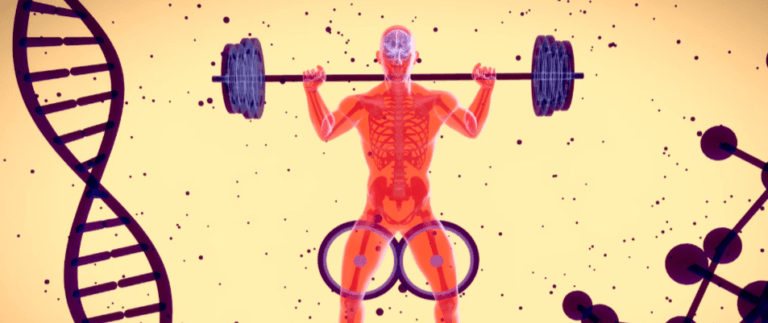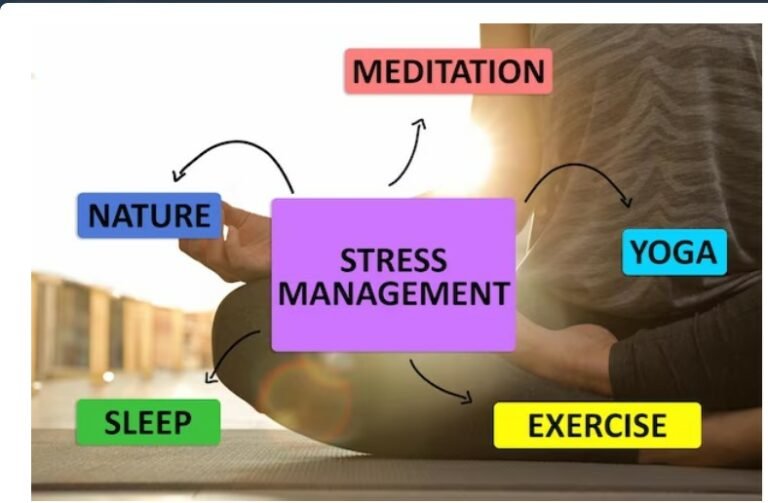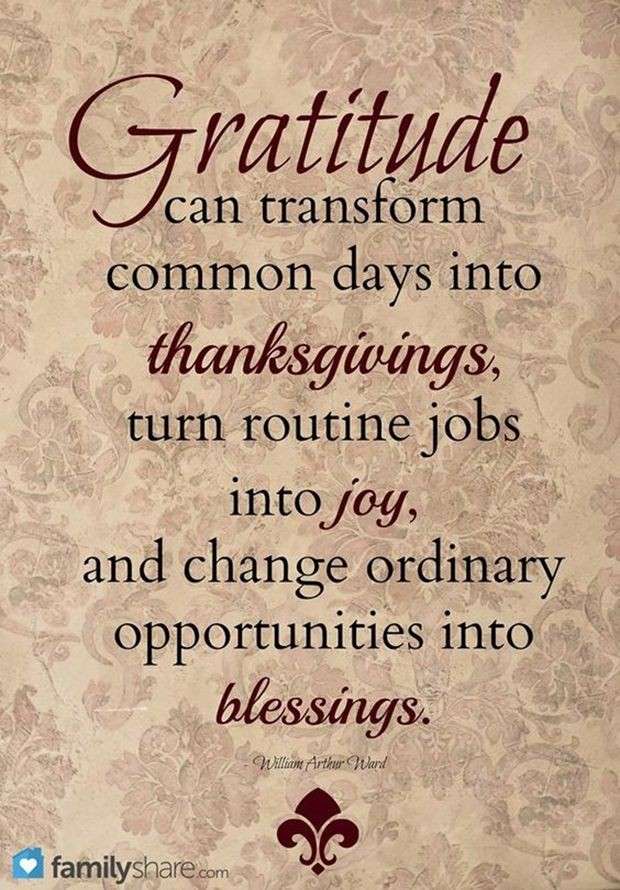What is a Pescatarian – This Vegetarian Diet Ranks 9?
As an Amazon affiliate I earn from qualifying purchases at no extra cost to you.
The 2021 U.S. News and World Report Best Diets ranked the Mediterranean diet number one; the Vegetarian diet hit number 9. The Flexitarian diet came in 3rd. Although there are many variations of the vegetarian diet, the most common types are Lacto-vegetarian, Ovo-vegetarian, Flexitarian and Pescatarian. So, now it’s time to finally answer your question-what is a Pescatarian? Let’s see what we can find.
What is a Pescatarian?
So, you want to know what is a Pescatarian? Follow me. First order of business, a pescatarian is a person who does not eat meat of any kind. Therefore, their diet is basically identical to a vegetarian. The only difference is that pescatarians only eat fish or other aquatic animals. Sometimes the pescatarian lifestyle is also called Pesco-vegetarian or Pescetarians. There are two e-s instead of one. So, you wonder why people turn pescatarian, though? 
People Choose Pescatarian to Be Healthy?
The health experts define a pescatarian lifestyle as a “vegetarian diet with the inclusion of fish. This diet is a great choice for those searching for a nutritious meal plan. Plant-based foods provide numerous vitamins, minerals, and phytochemicals, and the seafood supplies omega-3 fatty acids and protein” (Chrissy Carroll, RD, MPH). However, there are both advantages and disadvantages when you become pescatarian.
What are the Disadvantages of a Pescatarian Diet?
Although a pescatarian diet is generally considered safe and healthful, its potential disadvantages include mercury exposure. Furthermore, some of the ethical issues concerning fish farming and wild harvesting practices, “involve overfishing, antibiotics use, and bycatch” (livestrong.com). At any rate, mercury is a major concern for pescatarians.
How Do Pescatarians Handle Mercury?
Pescatarians, more than not, abide by the rules of the Food and Drug Administration. They limit their consumption of low-mercury fish or seafood to 2 to 3 four-ounce serving or one serving of a recommended FDA brand. For example, these brands include salmon, shrimps, cod, and sardines. They also avoid higher-mercury fish such as tilefish from the Gulf of Mexico, shark, swordfish, and king mackerel. Stick with the low-mercury fish and you’ll reap the benefits of this meatless diet. 
Benefits of the Pescatarian Diet?
- Helps with weight loss
- Reduces risk of heart disease
- Lowers risk of high blood pressure
- Reduces arterial plaque build-up
- Good sources of protein, vitamin D and B2 (riboflavin)
How Often Should You Eat Fish?
Eat a variety of fish twice a week and keep the portion size at 4 ounces (113grams). When you eat fatty fish such as salmon, make sure it is prepared using the Food and Drug Administration (FDA) and the Environmental Protection Agency (EPA) guidelines. Otherwise, there may be a downside to consider.
The Downside of Eating Fish
Unfortunately, fish becomes contaminated with PCBs from living near contaminated prey. Over time, PCBs build up in the fatty tissue and can reach levels thousands of times higher than levels in the water, especially in bottom feeders and predatory fish.
For the most part, eating fish has nutritional benefits. However, it has potential risks. Fish consume harmful chemicals from the water and food they eat. Chemicals like mercury and PCBs builds up in their bodies over time. Mercury wreaks havoc on the human body.
- High levels of mercury and PCBs harms the brain and nervous system.
- Mercury is harmful to fetuses, infants, and children during their growth and development.
- PCBS cause cancer and other harmful health effects.
Do All Fish Contain PCBs
Fish are the major dietary sources of PCBs, especially fish caught in contaminated lakes or rivers. The level of PCBs found in fish will vary with region and the type of fish native to that region. So, if you eat fish caught by family or friends, check for local advisories. In general, bottom-feeding fish (striped-bass, blue fish, American eel, sea trout) and larger predator fish (bass, lake trout, walleye) caught in contaminated waters contain higher levels of PCBs.
PCBs Higher in Farmed Salmon
In one study, researchers examined 2 metric tons of farmed and wild salmon from around the world. They found concentrations of contaminants, including PCBs, were “significantly higher in farmed salmon than in wild.” 
Farmed Salmon that are fed ground-up fish have been found to be higher in PCBs, compared with wild-caught salmon.
What are PCBs in Fish
PCBs is an abbreviation of Polychlorinated Biphenyls. They are a group of manmade, industrial chemicals. They are oily liquids or solids, clear to yellow in color, with no smell or taste. Consequently, they were banned in the United States by the Toxic Substance Control Act in 1979. Plus, they were also banned by the Stockholm Convention on Persistent Organic Pollutants in 2001.
PCBs cause a variety of adverse side effects. They have been shown to cause cancer in animals. In addition, they also affect the immune system, reproductive system, nervous system, and endocrine system. The most obvious health effects are skin conditions such as acne and rashes. A recent study that included exposed workers showed changes in their blood and urine samples. This indicates liver damage.
Are PCBs still Used Today?
Even though PCB-contaminated waste oil is currently used extensively throughout the country to control on roadways, the Environmental Protection Agency (EPA) plan to stop the use of waste oil containing any trace of PCB for dust control going forward.
How to Reduce Your Risk of Toxins
The Food and Drug Administration sets PCB residue limits for foods, while the Environmental Protection Agency sets limits for lakes, streams, and drinking water. They recommend the following measures to reduce exposure to contaminants such as PCB:
- Trim away fatty areas of the fish (belly, top back, and dark meat along the side)
- Remove skin before cooking to allow fat to drain off
- Grill, bake or broil fish and allow fat to drain off
- Do not fry or deep fry fish because frying seals in any chemical pollutants in the fish’s fat.
Two other groups, Physicians for Social Responsibility, and the Association of Reproductive Health Professionals, suggest limiting your intake of fish containing high levels of PCBs, such as salmon and bluefish. With respect to salmon, their Guidelines say: 
- Canned Pacific salmon can be eaten twice a week
- Fresh or frozen wild Pacific salmon can be eaten up to twice a month
- Fresh or frozen farmed Atlantic salmon can be eaten only every two months.
FAQs
What is bycatch?
For the National Oceanic and Atmospheric Administration (NOAAA) Fisheries, bycatch refers to “discarded catch of marine species and unobserved mortality due to a direct encounter with fishing vessels and gear. Fisherman sometimes catch and discard animals they do not sell or are not allowed to keep. This is collectively known as “bycatch.”
What is a Pescatarian?
Pescatarians are individuals who choose to eat a diet that includes seafood but not meat or poultry.
What are the rules for being a Pescatarian?
Pescatarians eat fruits, veggies, nuts, seeds, whole grains, beans, eggs, dairy, and stay away from meat and poultry. Unlike vegetarians, they only eat fish and other seafood. They aim for two or more fish meals a week.
How to start a pescatarian lifestyle?
The best way to become pescatarian is by slowly transitioning your diet. Start by incorporating more seafood and fish into your meals, and gradually reduce the amount of meat you consume. You can also try meat-free days or weeks when you only eat seafood and fish. There are no complex and established rules so find what works best for you.
Ordering seafood that is fresh and never frozen delivered directly to your door is a a great way to streamline the process. Oceanbox.com offers options for seafood boxes that can cut out the guessing and waiting at the supermarket. Check out their Ultimate Seafood Sampler box
What are the benefits of becoming a pescatarian?
There are many health benefits that go along with this lifestyle. You get a seafood-rich diet without the environmental impact of meat. Seafood is a lean protein packed with many nutrients that benefit heart health. Pescatarians have a smaller environmental impact than other dieters that include meat. Livestock production contributes to greenhouse gas emissions, so reducing your meat consumption reduces your carbon footprint.
What kind of seafood can I eat as a Pescatarian?
You can enjoy fish, shellfish (unless you an allergy), squid, shrimp, and more. Get creative and try new recipes or dishes that you haven’t eaten before.
Is it more expensive to eat seafood?
The cost of seafood varies depending on where you love and the type of fish you purchase. A Best Value Seafood Box has over 10 servings of fish for $70. This is a great way of getting more seafood into your diet without breaking the bank.
What if I don’t like fish?
If you are not a fan of fish, the pescatarian diet will not float your boat. However, if you have never tried it, you may be pleasantly surprised.
Can I still be a Pescatarian if I have allergies?
You can still be a pescatarians if you have food allergies. Just make sure you avoid any seafood or fish you’re allergic to. There are plenty other seafood options available to you.
Can my kids eat seafood too?
Seafood is an excellent option for kids too. It’s nutritious and delicious. Just introduce seafood gradually if your child isn’t used to it. Start with small amounts and increase the amount over time. Experiment with different types of seafood to see what your child likes best.
What Should I avoid?
There are foods you should avoid as a pescatarian. First, avoid any seafood that is high in mercury, such as shark. In addition, limit canned tuna intake; it, too, has a good amount of mercury. You can also learn how to fry seafood in a healthier way. So, do your homework.
Can I still eat seafood during pregnancy?
Always consult with your primary care physician if you have questions
Why should I consider becoming a pescatarian?
A pescatarian diet is a great choice if you are searching for a nutritious meal plan. People on this diet plan have lower blood pressure, lower risk of abdominal heart rhythms, and fewer fatal heart attacks than people who do not include fish in their diet.
References
- Augusthealth.com
- Mayo Clinic Health Information Library
- Oehha.ca.gov
- northshore.orghealthy-you
- Origins of Pescatarianism and How You Can Get Started by R.I. Dia – Free on Amazon Audible.
Final Thoughts
A Pescatarian lifestyle can be beneficial because it contains high levels of Omega-3 fatty acids. These fatty acids help fight against heart disease, cancer, diabetes, and obesity. This diet also allows for flexibility in comparison with a vegetarian diet and has health benefits that increase longevity. However, it is quintessential to abide by the FDA and EPA guidelines, as some fish contain high levels of mercury. Other than that, there is no need to worry when you decide to revolve your life around a pescatarian lifestyle.
Thank you for joining me on this pescatarian, seafaring journey. Please let me know if any of these topics pique your interest. Feel free to enter your comments in the space provided below, I will get back to you ASAP. Connecting with you is what I enjoy the most. So, in the meantime, share this post with family and friends, and I look forward to hearing from you. 
Rachele, Founder
(e) rachele@mybluegenes.com
(w) mybluegenes.com






Please leace your name in the comment section.
Rachele
Thank you for your sharing. I am worried that I lack creative ideas. It is your article that makes me full of hope. Thank you. But, I have a question, can you help me?
Pescatarians only consume fish, while Carnivore’s prefer only meat. We all haveve our own preferences, right?
Flexitarians can consume both if they choose. The operating words is “choose.”
Happy Holidays!